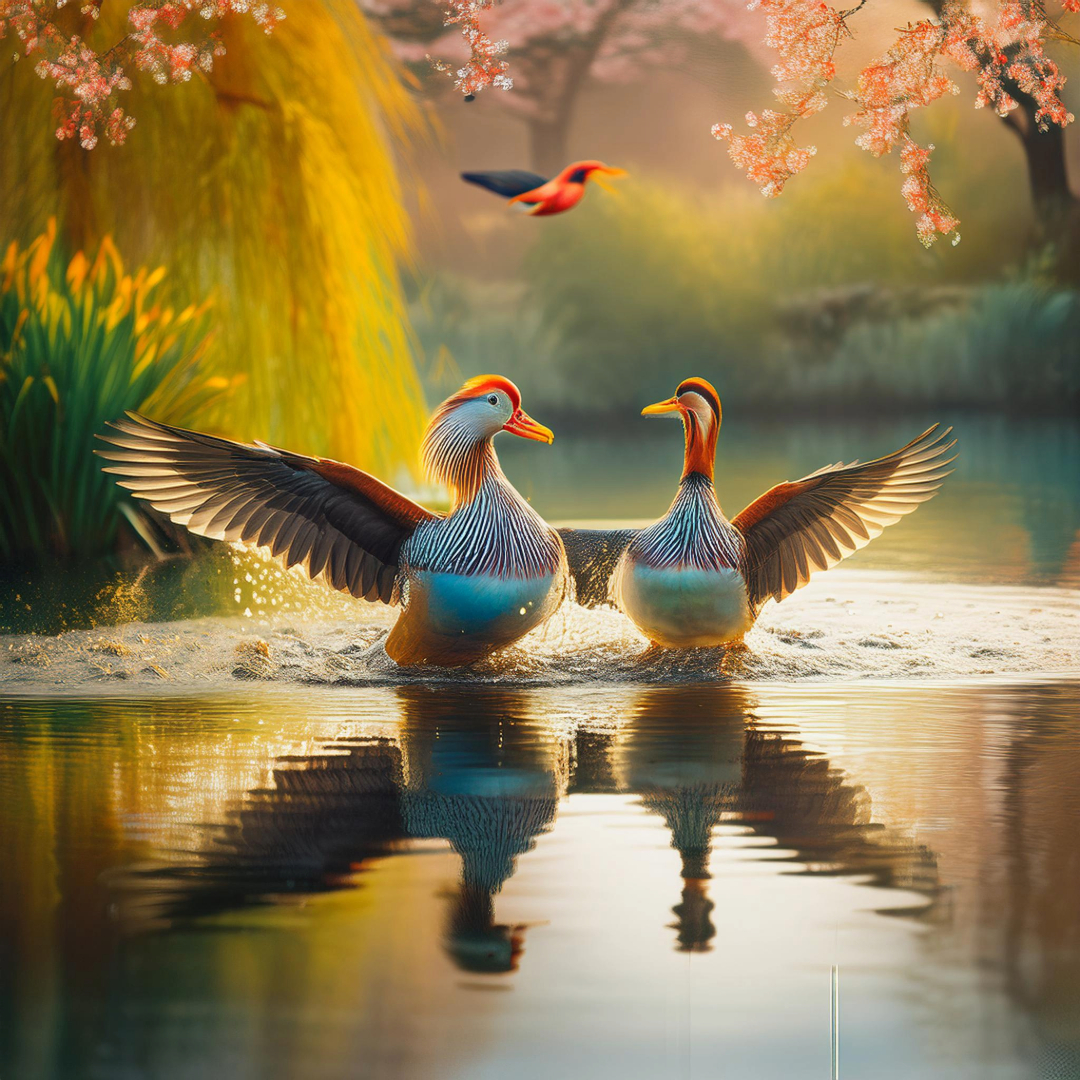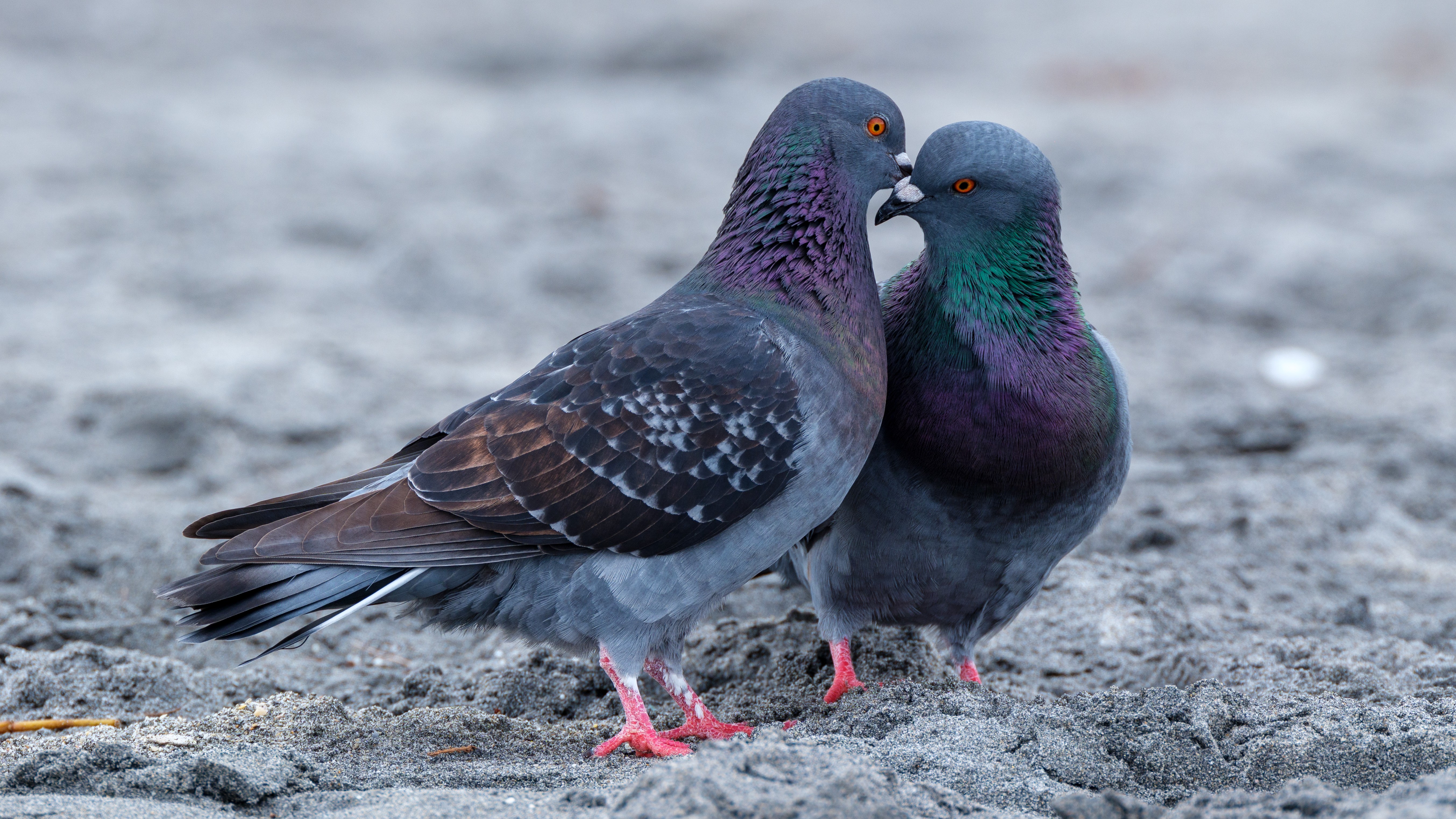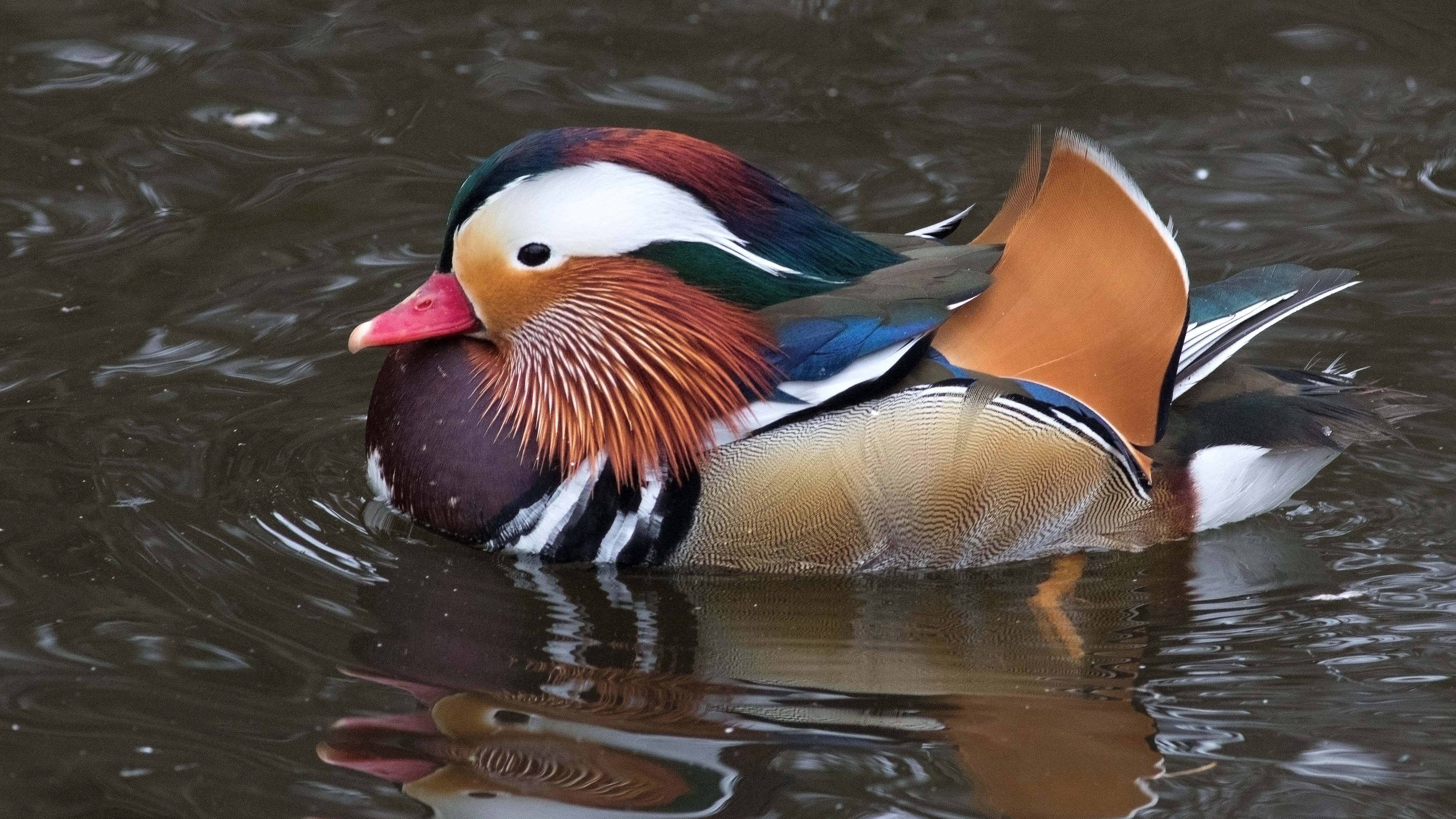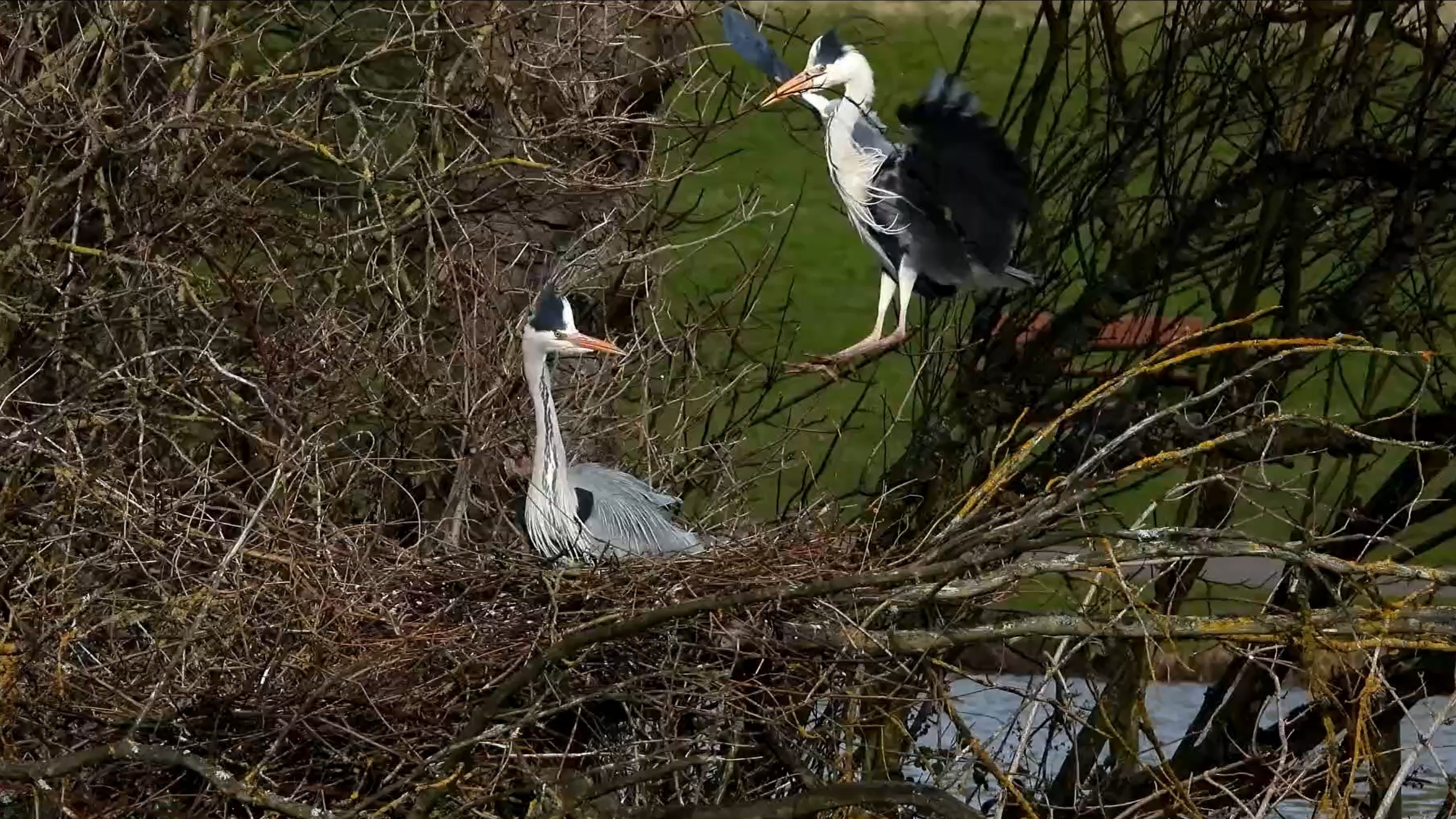
Join us on 07 March as we take you on a journey through the captivating world of bird courting in London. Discover how wrens serenade their mates, how herons perform intricate dances, and how sparrowhawks spiral high above the treetops in breathtaking aerial displays. We’ll also reveal where to spot the dazzling mandarin ducks and the rare buzzard congregations that make March such a special time for birdwatchers.




Head throwing is common in pochards and goldeneye, the latter adding additional kicks and splashings. Ruddy ducks more unusually produce bubbles on the surface of the water by expelling air from their feathers with their heads. Many birds pretend to preen themselves, whilst making sure they flash their courting colours as they do so.





